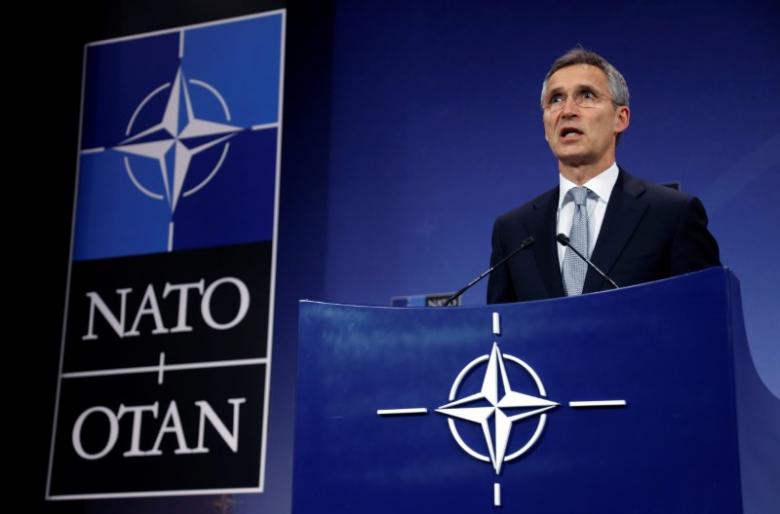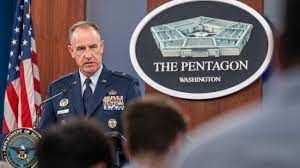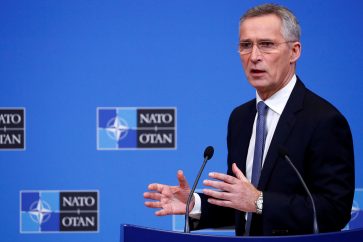NATO will press allies on Wednesday to contribute to its biggest military build-up on Russia’s borders since the Cold War as the alliance prepares for a protracted quarrel with Moscow.
With Russia’s aircraft carrier heading to Syria, alliance defense ministers aim to make good on a July promise by NATO leaders to send forces to the Baltic states and eastern Poland from early next year.
The United States hopes for binding commitments from Europe to fill four battle groups of some 4,000 troops, part of NATO’s response to Russia’s 2014 annexation of Crimea and concern it could try a similar tactic in Europe’s ex-Soviet states.
France, Denmark, Italy and other allies are expected to join the four battle groups led by the United States, Germany, Britain and Canada to go to Poland, Lithuania, Estonia and Latvia, with forces ranging from armored infantry to drones.
NATO Secretary-General Jens Stoltenberg said the commitments would be “a clear demonstration of our transatlantic bond.” Diplomats said it would also send a message to Republican presidential nominee Donald Trump, who has complained that European allies do not pay their way in the alliance.
The battle groups will be backed by NATO’s 40,000-strong rapid-reaction force, and if need be, further follow-on forces, for any potential conflict, which could move into Baltic states and Poland on rotation.
The strategy is part of an emerging new deterrent that could eventually be combined with missile defenses, air patrols and defenses against cyber attacks.
However, the alliance is still struggling for a similar strategy in the Black Sea region, which Turkish President Tayyip Erdogan has said is becoming a “Russian lake” because of Moscow’s military presence there.
Romania, Bulgaria and Turkey are expected to soon come forward with a plan to increase naval and air patrols in the area, as well as a multinational NATO brigade in Romania.
Source: Reuters




